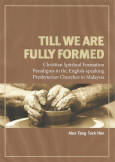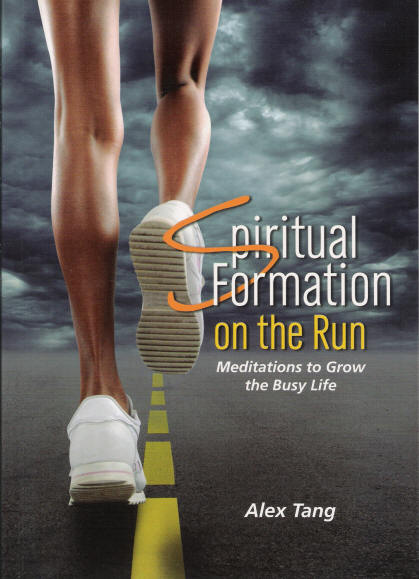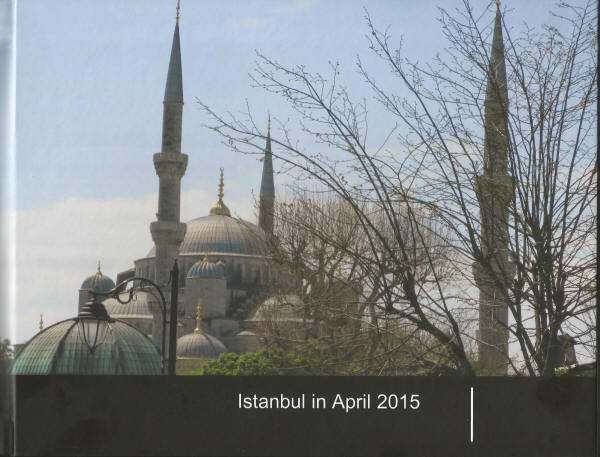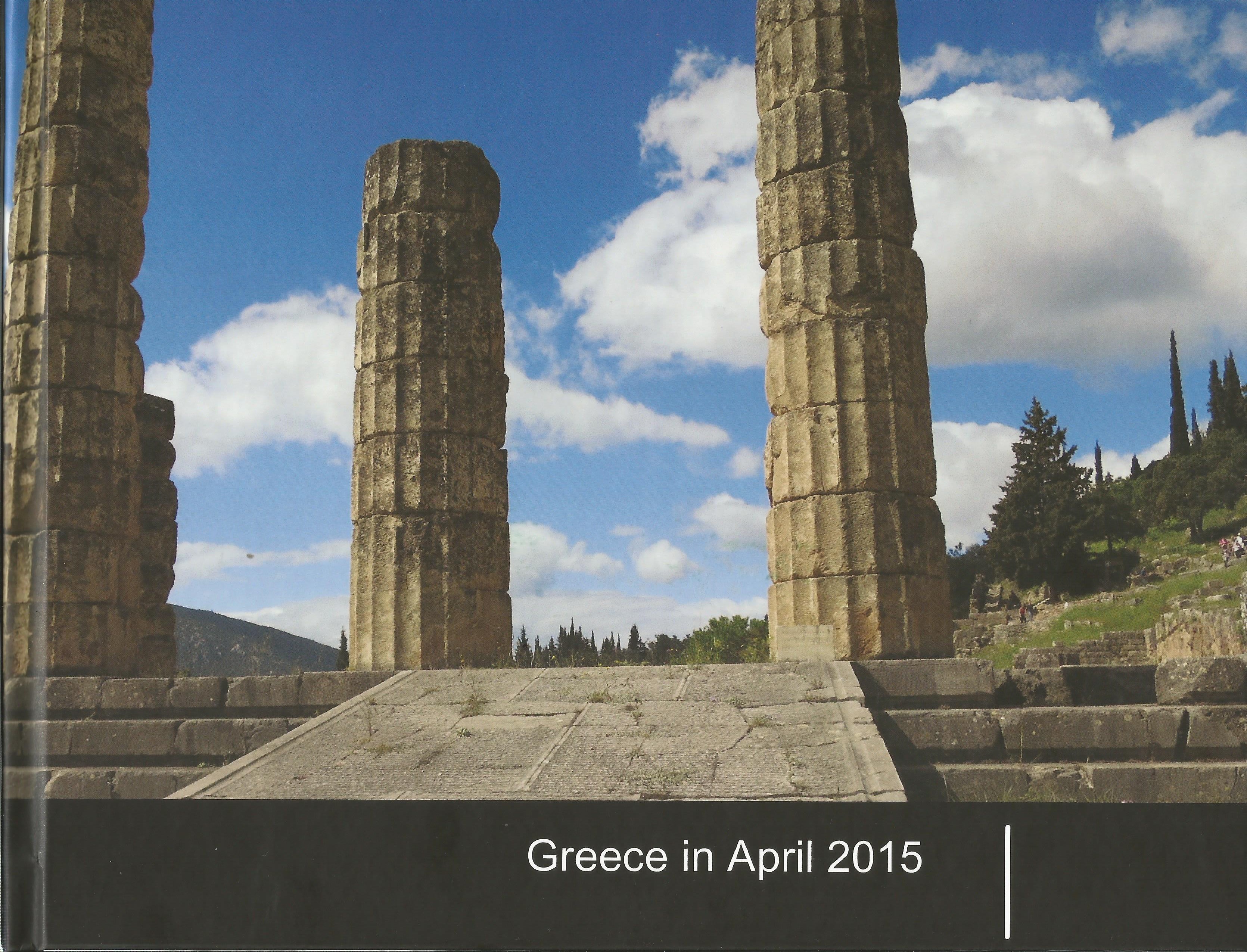The Jesus Prayer
 |
| cover of Mathewes-Green, Frederica. The Jesus Prayer: The Ancient Desert Prayer That Tunes the Heart to God. Brewster, MA: Parachetes Press, 2009. |
One of the prayers which I find most helpful in helping me
to pray unceasingly is the Jesus Prayer. The Jesus Prayer was developed by the
desert fathers and mothers in the deserts of Egypt and Palestine during the early
years of Christianity (3rd Century AD) more than 1,500 years ago. The
name Jesus Prayer was first mentioned by St. John Climacus (525-606 AD), abbot
of the monastery at Mt. Sinai in The
Ladder of Divine Ascent[1].
In the 18th century it was collected into a book by two Russian
monks. This book is the Philokalia[2].
Another book from Russia that mentioned the Jesus Prayer was The Way of the Pilgrim which was also
published in the 19th century. This prayer is still a favorite
prayer of the Orthodox Catholic Church or commonly known as the Eastern
Orthodox Church[3]. The
apostolic church was a single church until 1024 when it was split into the
Roman Catholic Church and the Orthodox Catholic Church by an event
appropriately named the East-West Schism. The Protestant movement, of which the
Presbyterians are one of the inheritors, came out of the Roman Catholic Church.
In many ways, the practices of the Orthodox Catholic Church reflect the
practices of the early church.
The Jesus Prayer in its commonest form is “Lord Jesus
Christ, Son of the Living God, have mercy on me, a sinner.” This prayer has two
essential components. The first is the acknowledgement of the supremacy of
Jesus Christ as described in the great Christological hymn of Philippians
2:6-11. The second component is the parable of the Publican and the Pharisee,
in which the Pharisee demonstrates the improper way to pray by exclaiming:
"Thank you Lord that I am not like the Publican", whereas the
Publican prays correctly in humility, saying "Lord have mercy on me, a
sinner" (Luke 18:10-14). The Jesus Prayer is a prayer addressed to God
asking for mercy.
The Jesus Prayer is also known as the prayer of the heart.
The Song of Solomon's passage from the Old Testament “I sleep, but my heart is
awake” (Song of Solomon 5:2) declares that for persons in love, their beloved
is never far from their hearts. The analogy being that as a lover is always
conscious to his or her beloved, people can also achieve a state of “constant
prayer” where they are always conscious of God's presence in their lives.
The prayer is repeated slowly and prayerfully. “Lord Jesus
Christ, Son of the Living God, have mercy on me, a sinner.” Repeatedly
proclaiming the divinity of Christ and asking for mercy is not vain repetition.
It is different from chanting a mantra or a self help technique. It is
“continuous” worship in invoking the name of Christ and acknowledging our
dependence upon Him. Mercy here is not just for salvation only but also for our
spiritual well being. Unlike mantras, the Jesus Prayer may be translated into
any language.
Initially you may need to find a quiet place to pray the
Jesus Prayer. To pray the Jesus prayer is to repeat “Lord Jesus Christ, Son of
the Living God, have mercy on me, a sinner” as many times as your time period
allows. Gradually, as you become more used to it, you find you will be able to
pray it while you are doing other things. The Jesus Prayer may be prayed
anywhere. There are no special postures associated with it.
Practicum
1.
Find a quiet place and time to pray
2.
Be comfortable but not too comfortable
3.
Close your eyes and still your mind
4.
Be aware of your breathing. Consciously slow
down your breathing; take a deep breath and breathe out slowly counting
silently up to five. Repeat unless you are relaxed and calm.
5.
Slowly match your breathing to the Jesus Prayer.
“Lord Jesus Christ” (receive-breathe in),
“Son of the Living God” (proclaim- breathe
out), “have mercy on me” (receive-breathe
in), “a sinner” (proclaim- breathe
out). St. John Climatus writes, “Let the remembrance of Jesus be present
with your every breath.”[4]
6.
Keep repeating
these words of the Jesus prayer.
7.
If your mind starts wandering, use the words of
the Jesus Prayer to refocus.
8.
Start with a ten minute prayer session twice a
day.
9.
Slowly extend the duration of your prayer
sessions
10.
Extend your prayer outside these prayer sessions
into the other times of your life – while waiting in a queue, waiting for the
traffic light to change, brushing your teeth, etc.
Pray unceasingly, urges St Paul to the Romans (Rom.12:12),
the Ephesians (Eph. 6:18), the Colossians (Col. 4:2) and the Thessalonians (1
Thess. 5:16-18). In this multi-tasking form, you can pray unceasingly while you
do other things. People who have been praying the Jesus Prayer for many years
will tell you that they are able to work, play, love, and rest while part of
their minds are praying the Jesus Prayer. There is also a story told that when
a certain devout Orthodox Church lady was coming out of anesthesia after an
operation, the surgical nurses heard her praying the Jesus Prayer before she herself
became fully conscious!
The spiritual teachers of the Orthodox Church claim that
initially you pray the Jesus Prayer but soon the Jesus Prayer prays you. The
continuous invoking the Name of God and petitioning for mercy has a power
effect on our spiritual formation. It makes us sensitive to the leading of the
Holy Spirit and empowers the “renovation of our hearts.” This is the beauty of
the Jesus prayer. It is not the endless repetition of the words. It is in the endless repetition that we find
ourselves ‘sensitized’ to the presence of God. When we continually receive and
proclaim we find our minds and souls becoming more receptive to God who is
always with us but unfortunately we are not always aware of Him. The Jesus
Prayer is one prayer I pray constantly and I sincerely invite you to pray it
too.
Further Reading
Church, A Monk of the Eastern. The Jesus Prayer. Crestwood, NY: St. Vladimit's Seminary Press,
1987.
[1] John Climacus, John
Climacus: The Ladder of Divine Ascent, ed. Richard J. Payne, trans., Colm
Luibheid and Norman Russell, The Classics of Western Spirituality (Mahwah, NJ:
Paulist Press, 1982)., 45-54, 153n.
[2] Writing from
the Philokalia on Prayer of the Heart,
trans., E. Kadloubovsky and G.E.H. Palmer (London: Faber and Faber Limited,
1951). Other good books on the Jesus Prayer includes A Monk of the Eastern Church, The Jesus Prayer (Crestwood, NY: St. Vladimit's Seminary Press,
1987).; The Way of a Pilgrim and the Pilgrim Continues on His Way, trans., R. M. French (New York: HarperCollins
Publishers, 1965).,Frederica
Mathewes-Green, The Jesus Prayer: The
Ancient Desert Prayer That Tunes the Heart to God (Brewster, MA: Parachetes
Press, 2009).,Norris J. Chumley, The Mysteries of the Jesus Prayer (New
York, NY: HarperOne, 2011).
[3] Mathewes-Green.
[4] Climacus., 270.
Labels: Jesus-Prayer, Prayer, Spiritual Disciplines















0 Comments:
Post a Comment
<< Home